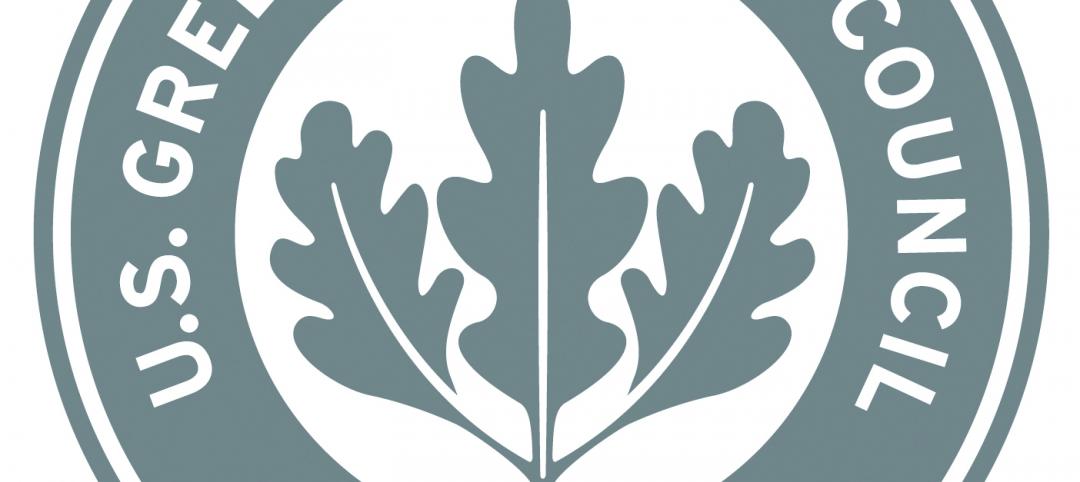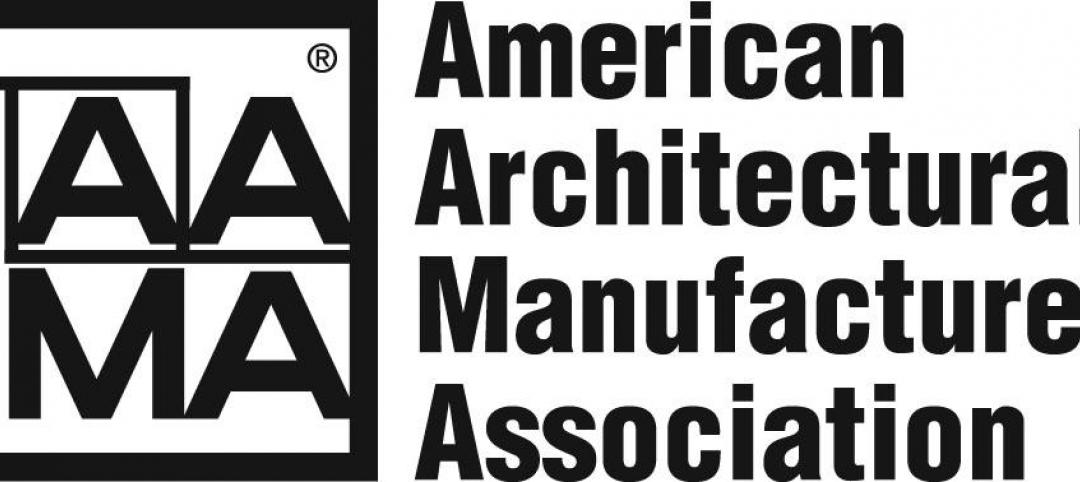Two bills in the Maryland House of Representatives that would restrict the use of wood-frame construction are getting harsh criticism from the timber industry and the design and construction community.
Maryland House Bill 1311 would prohibit a multifamily dwelling from being constructed using wood-frame construction in communities exceeding a specified population density. A similar bill has been introduced in Maryland’s Senate.
American Wood Council (AWC) Northeast Regional Manager Matt Hunter, and representatives from building owners, architecture, development, and engineering, all testified against the bill.
“These bills would circumvent the extensive effort architects, engineers, and building code officials put into the process to regularly update the national model building codes,” Hunter said. “The construction requirements of the model codes are developed by the International Code Council, and approved by building and fire officials from all over the country in a consensus process. Subsequently, Maryland adopts these model codes and requires each jurisdiction to use this building code.”
“The code establishes requirements such that all buildings have similar safety performance regardless of the materials from which they are constructed,” he continued. “There needs to be a realization that fires occur in buildings of all construction types and materials, and all buildings are affected by fire. In most instances it is the furnishings and contents brought into buildings that cause fires, so targeting wood construction in multi-family buildings is not going to improve occupant or firefighter life safety.”
Related Stories
| Nov 26, 2012
Changes in development and building standards needed for health of Potomac River
The Potomac River’s health stands to suffer if the region does not change its development and building standards, according to the Potomac Conservancy.
| Nov 16, 2012
South Dakota prefers LEED over building code on state projects
“(LEED is) much better than a mandatory building code because you get a little wiggle room in these projects,” said Mike Mueller, a spokesman for the South Dakota Bureau of Administration.
| Nov 16, 2012
AAMA publishes quality assurance guidelines for Polyamide Thermal Barriers
The American Architectural Manufacturers Association (AAMA) has published QAG-2-12, Voluntary Quality Assurance Processing Guide for Polyamide Thermal Barriers.
| Nov 16, 2012
New ANSI/BIFMA standards developed for educational seating
The American National Standards Institute (ANSI) has approved the newly developed safety and performance standard for educational seating: ANSI/BIFMA X6.1-2012—the first of its kind.
| Nov 16, 2012
Green building councils in 62 countries expect 60% of their work to be green by 2015
More than half of the respondents to a survey of members of the Green Building Council in 62 countries expect green projects to comprise 60% of their work by 2015.
| Nov 16, 2012
Voters approve fewer construction ballot measures in 2012 than in 2008
Voters passed fewer ballot measures related to construction projects this year than they did in 2008, according to an analysis by the Associated General Contractors of America.












